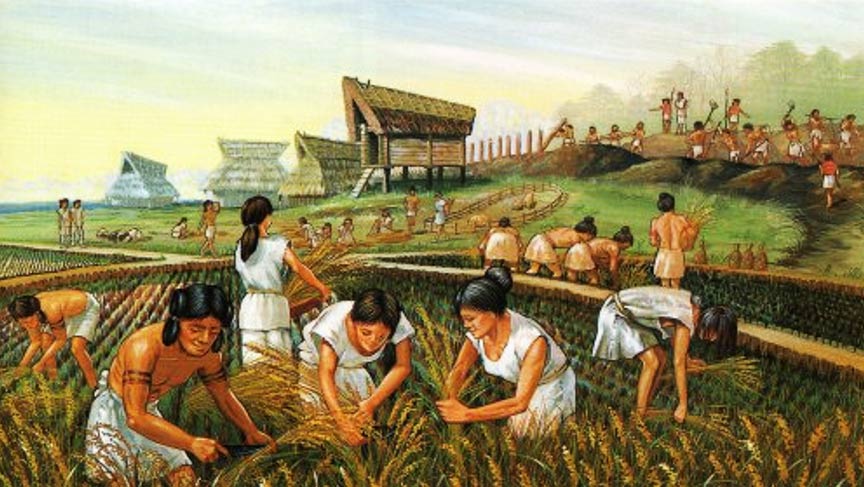Imagine crops that survive with a scant amount of water. Plants that are high in vitamins and have medicinal purposes. Crops that have never been grown on U.S. soil. Ever.
If you travel 30 minutes outside the city to the hoop houses at Virginia State University, you will find all of the above.
VSU is the only institution in the country actively studying and growing some of the more than 2,000 grains, roots, fruits and other food native to the continent covered in “Lost Crops of Africa,” a three-volume publication from the National Research Council.
“One crop on the list [marama] was only grown in the U.S. once,” says Harbans L. Bhardwaj, VSU professor and research scientist for the university’s new crops program. “It was the early ’70s or ’80s, and it was the only time grown here, and we have it.”

Five African crops have been selected to be harvested, studied and given to small farms across the state once the program is complete. Afterward, preliminary marketing will be conducted in the Washington, D.C., area, and consumers will be made familiar with these forgotten crops.
The African potato grown at VSU may look like a typical Russet potato, but it’s actually not a potato at all; instead it’s a member of the mint family. One whiff confirms it. A single serving offers almost the entire recommended daily protein intake.

